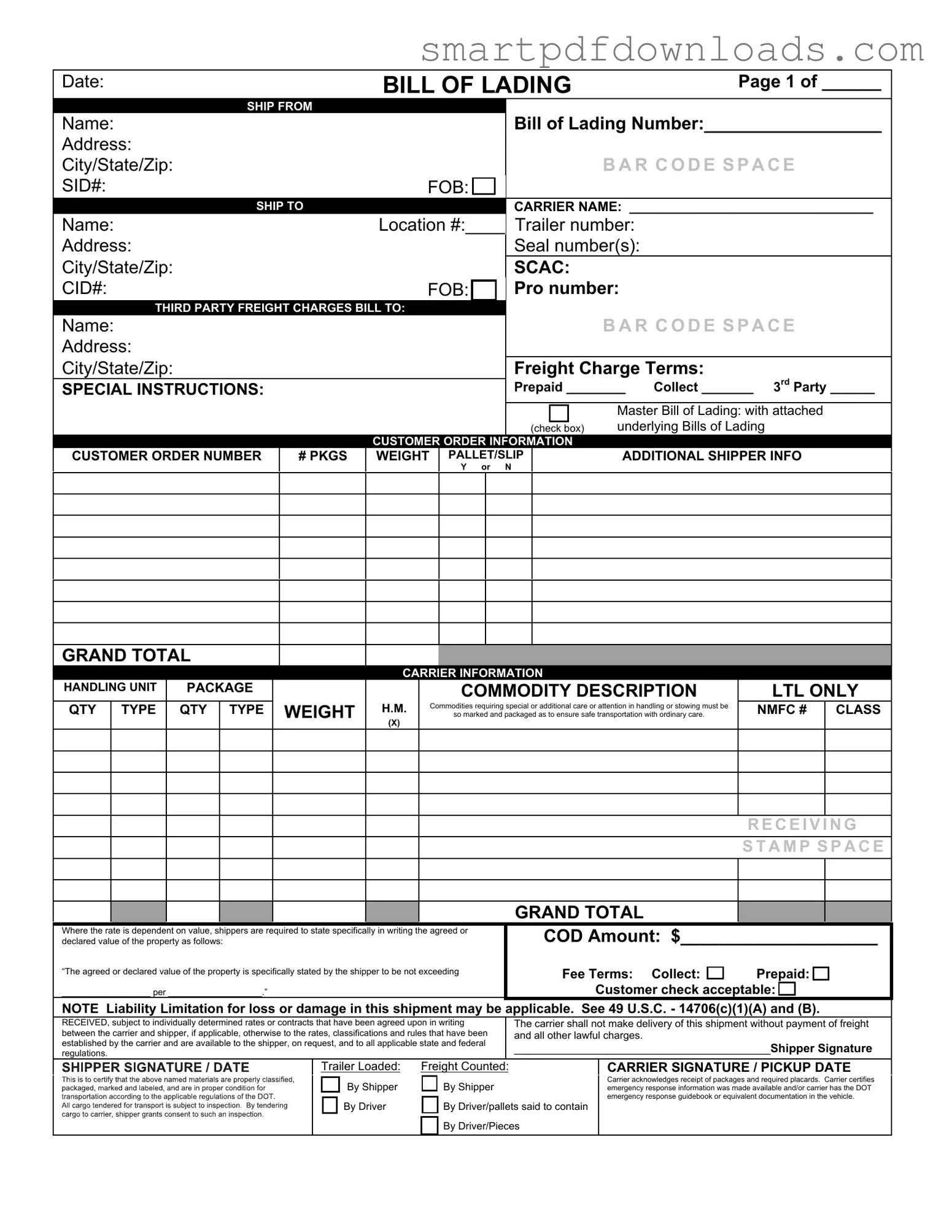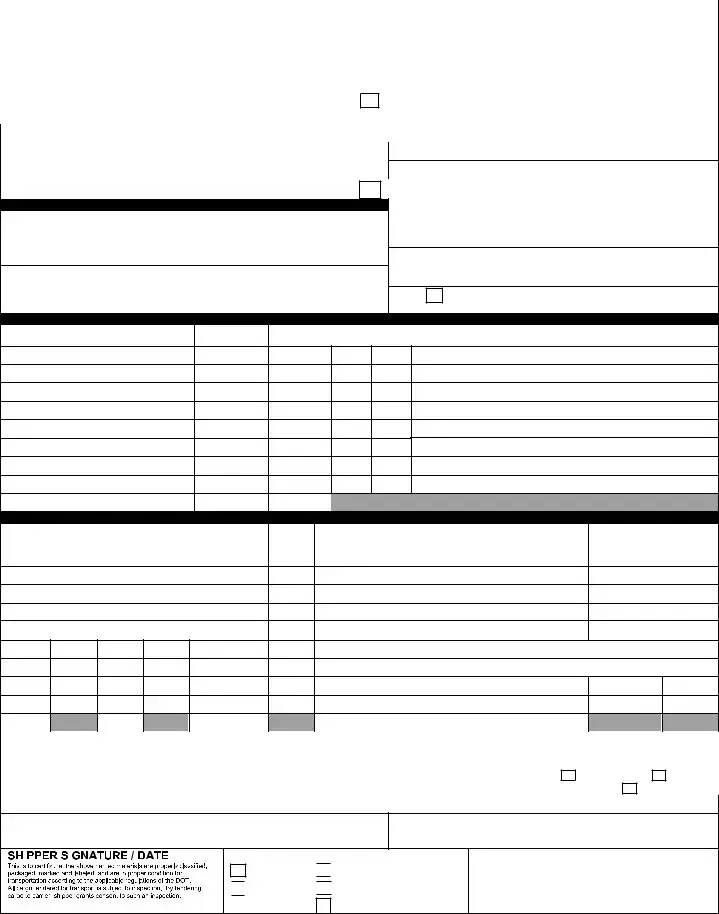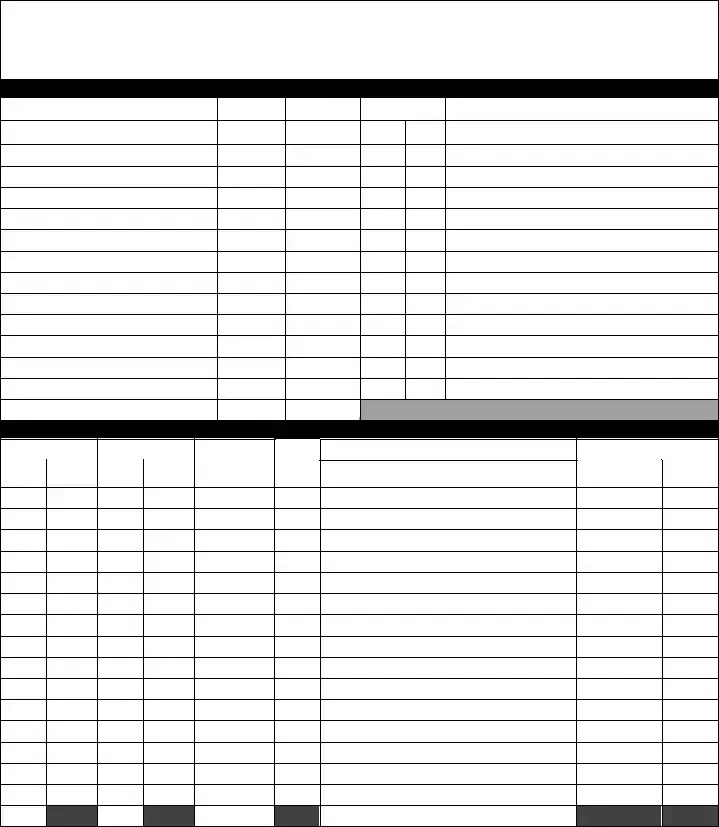Instructions on Utilizing Bill of Lading with a Supplement
After gathering all necessary information, you are ready to fill out the Bill of Lading with a Supplement form. This form is crucial for documenting the shipment details. Ensure that you have all relevant information at hand to complete the form accurately.
- Begin by entering the date of the shipment at the top of the form.
- Fill in the name and address of the shipper. Make sure to include the contact number.
- Provide the name and address of the consignee. This is the person or company receiving the shipment.
- List the origin and destination of the shipment, including city and state.
- Detail the description of the goods being shipped. Include quantity, weight, and any special handling instructions.
- Indicate the shipping method, whether it's ground, air, or sea.
- Enter any additional charges or fees that may apply to the shipment.
- Sign and date the form to certify that the information provided is accurate.
Once you have completed the form, review it for any errors. Make sure all information is clear and legible before submitting it with your shipment.


 to certify that the above named materials are properly classified, packaged, marked and labeled, and are in
to certify that the above named materials are properly classified, packaged, marked and labeled, and are in proper condition for transportation according to the applicable regulations of the DOT.
proper condition for transportation according to the applicable regulations of the DOT.
 By Shipper
By Shipper
 By Driver
By Driver 
 By Driver/pallets said to contain
By Driver/pallets said to contain